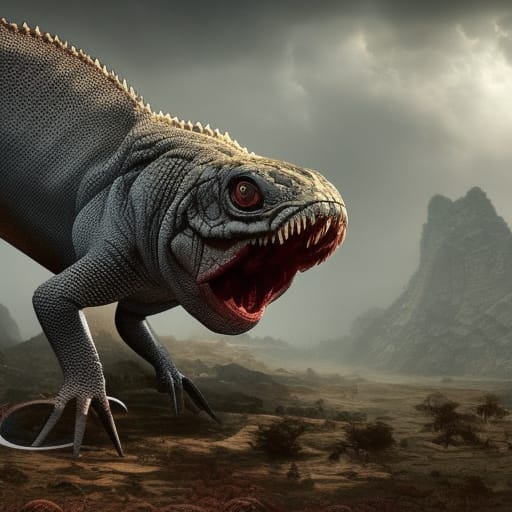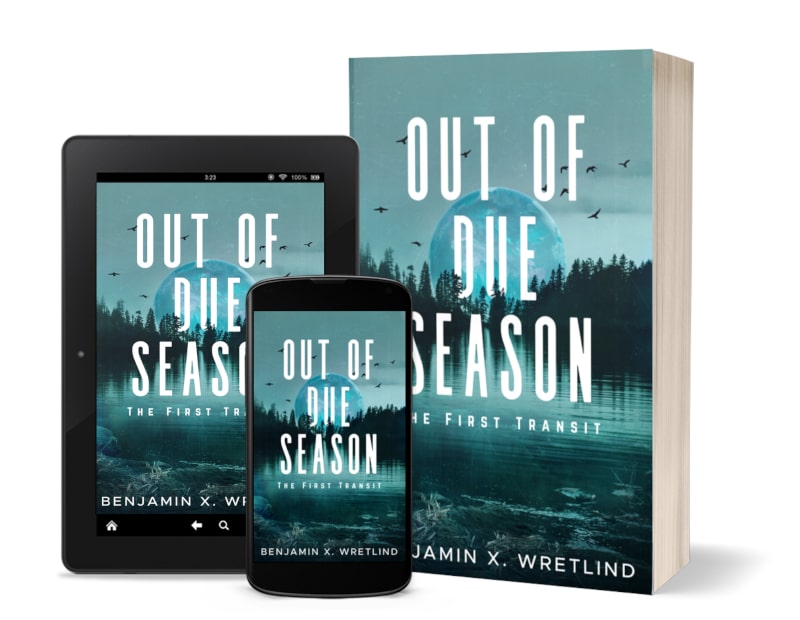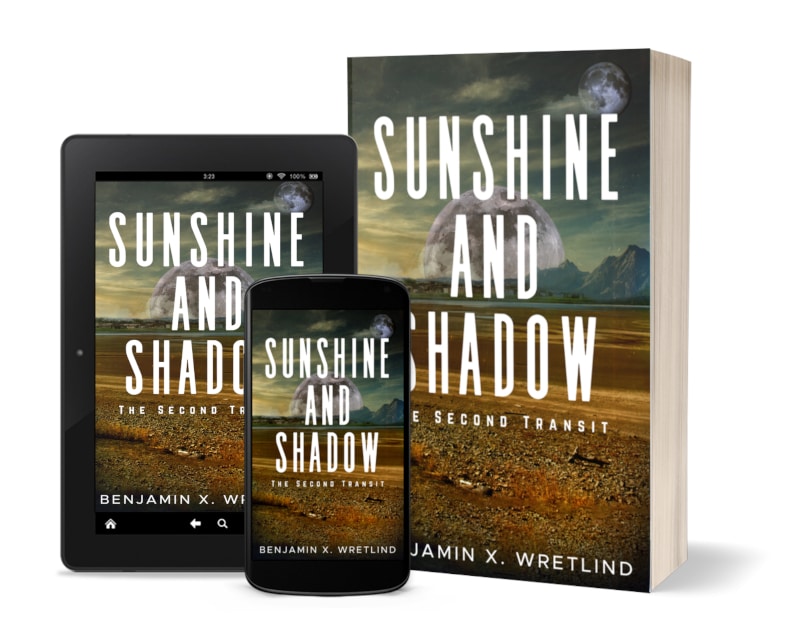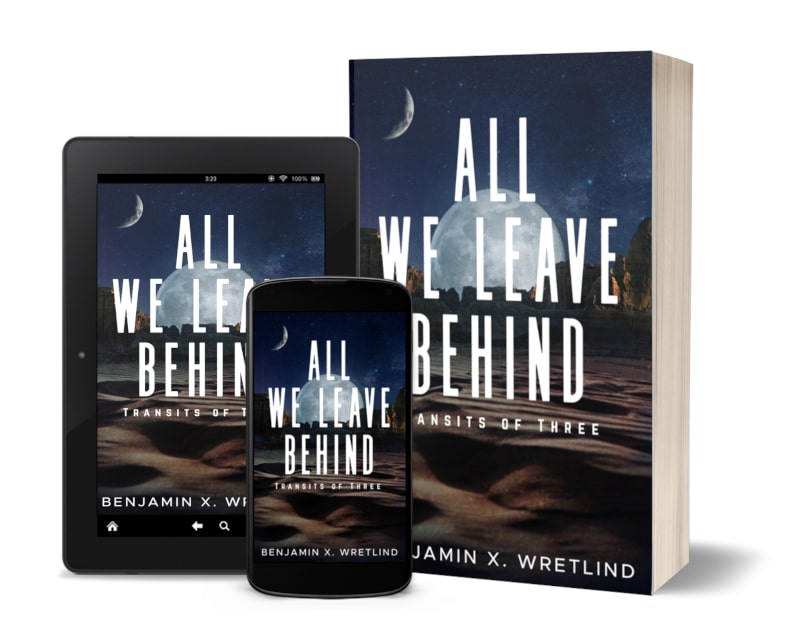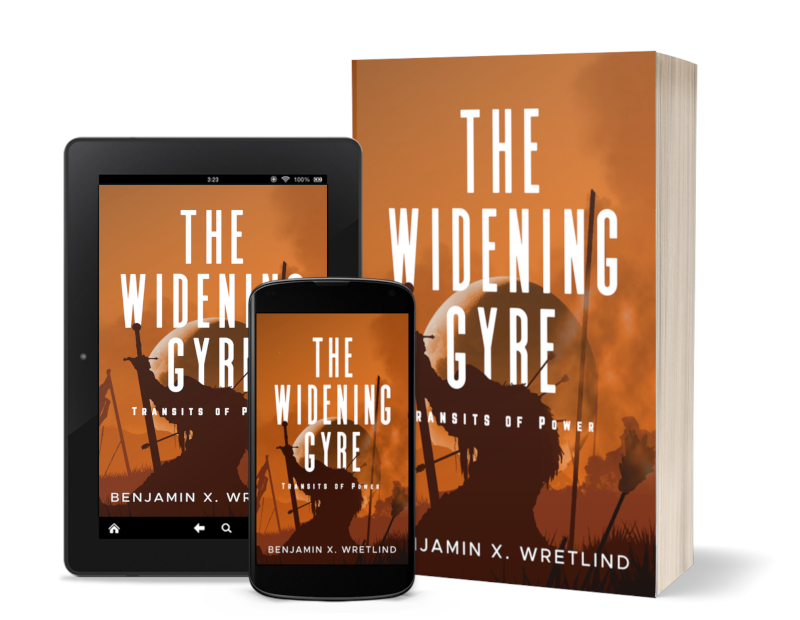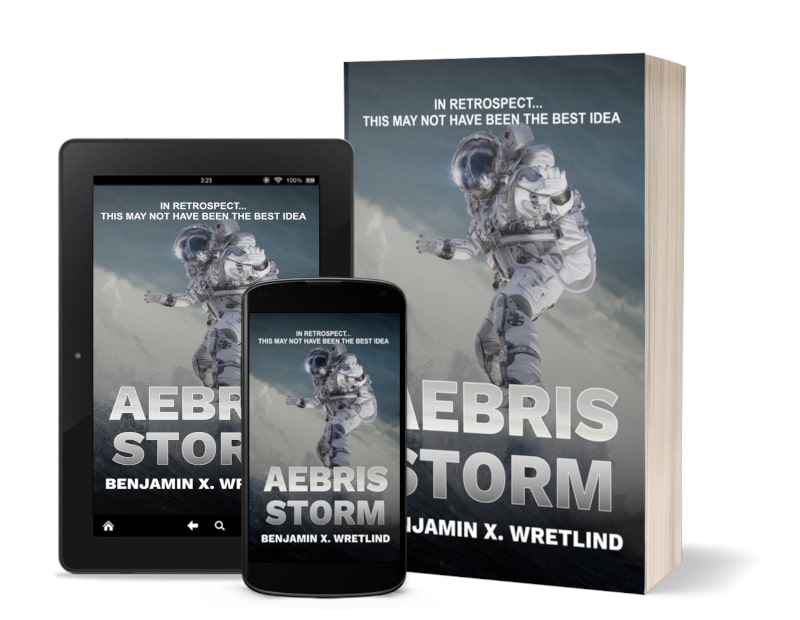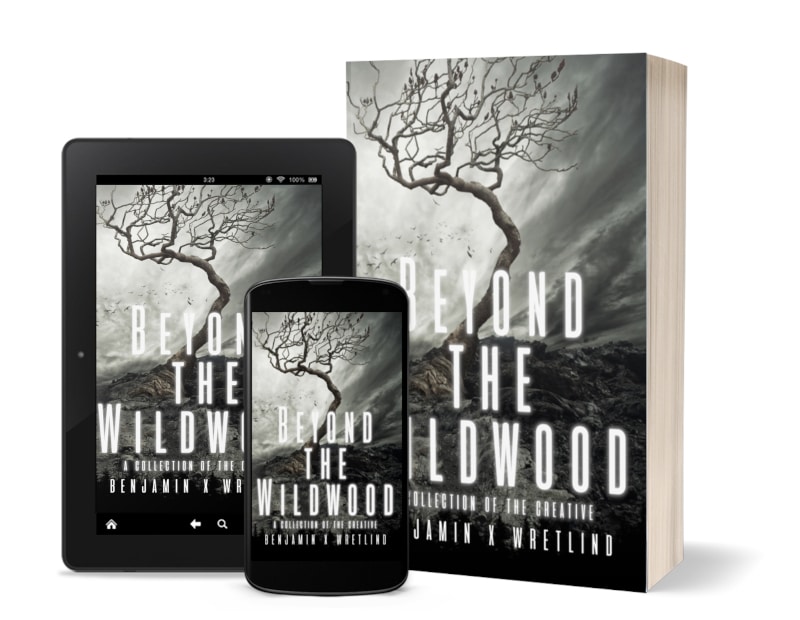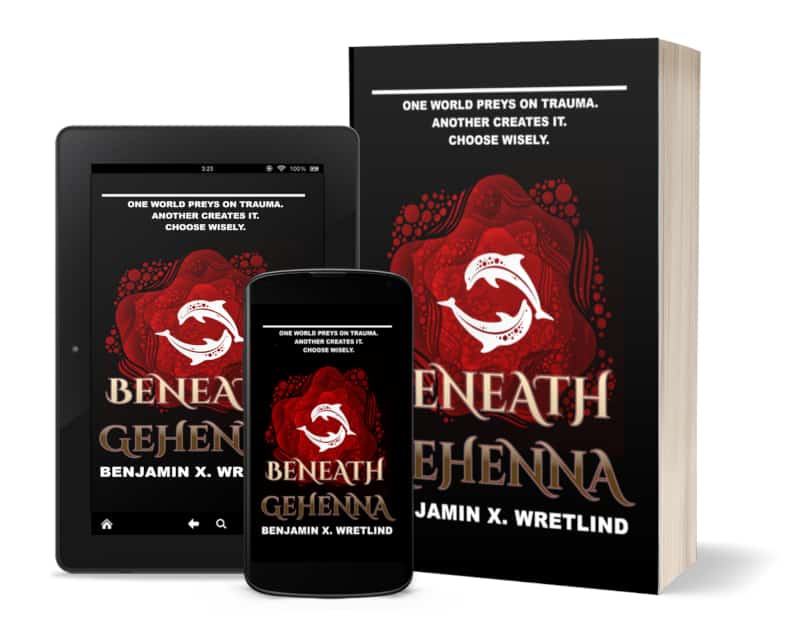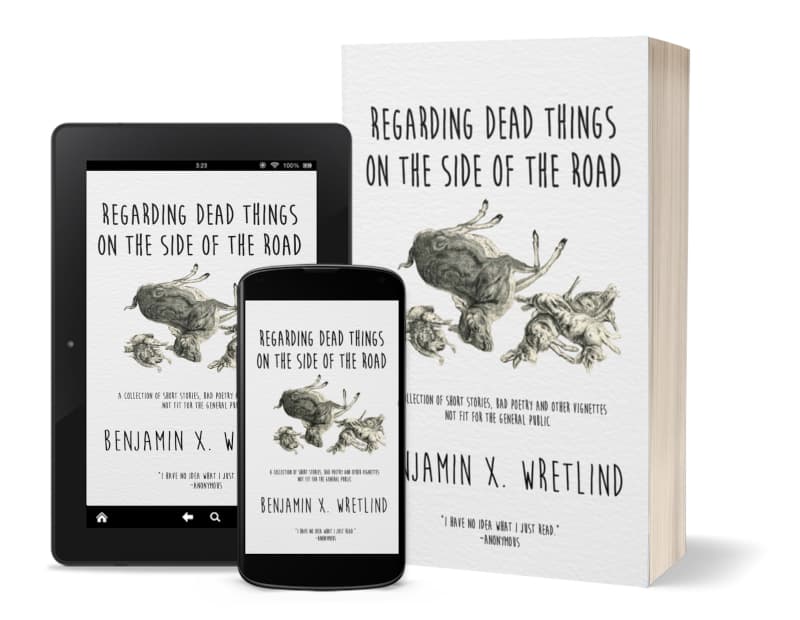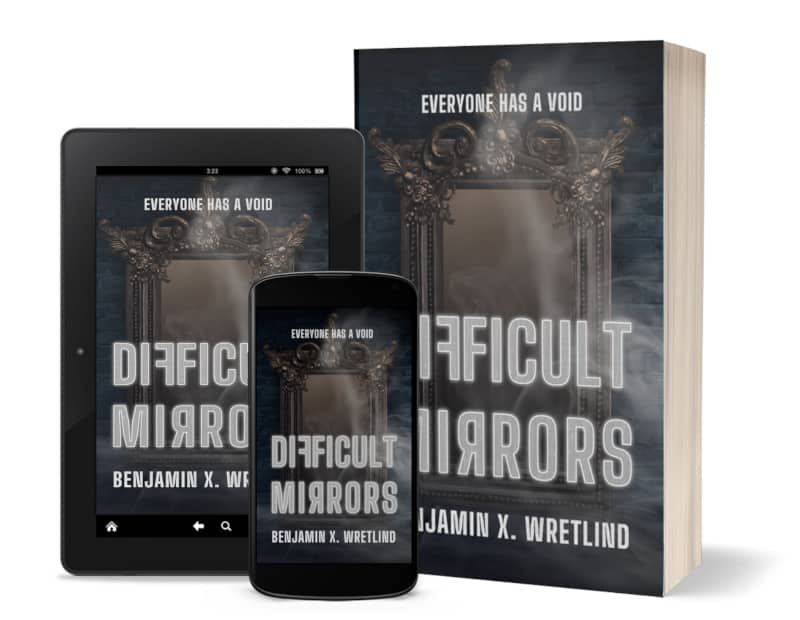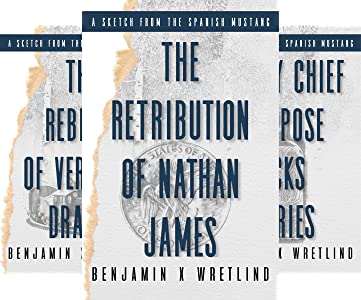Using AI for World Building: Species Names

Generative AI is an exciting New Thing that has split the world into two camps: “It’s a good development” and “We’re all gonna die!” I might be a little dramatic–and there are varying degrees of the above–but that’s what I’ve come up with. What if we could use ChatGPT for world building?
I’m of the camp that generative AI, such as ChatGPT, is a Good Thing. Much like the advent of the Internet, this technology will come in stages of meh, good, and ever better.
So how can we, as writers, use this technology to our benefit? Spoiler alert: it’s not going away no matter how many lawsuits exist. And Congress can’t legislate anything because, well, they can’t agree on what kind of toilet paper to wipe their candied asses with let alone anything important.
Once such way I have found (aside from getting AI to fix my bad high school poetry and making calculations I don’t want to make) is to bounce ideas off it.
As a fiction writer, you can use generative AI to help you with world building in a number of ways. Here are a few ideas:
- Generating names: Generate names for characters, places, and even species in your world.
- Creating maps: Create maps of your world, including terrain features, bodies of water, and political borders.
- Designing cultures: Create cultures for your world, including traditions, beliefs, and social structures.
- Building history: Build a rich history for your world, including major events, wars, and political movements.
- Developing languages: Develop unique languages for the different cultures in your world.
- Generating descriptions: Generate descriptions of landscapes, architecture, and other elements of your world, which can help you flesh out your setting and bring it to life.
I’m not going to give examples of each of these (yet), but I will show you one recent use case in my own writing: coming up with a species name.
Let me say this up front: I am only using generative AI as a springboard, like a stranger on a park bench who you strike up a conversation with and ask “what if….” I will not use exactly what is spit out. Like that stranger on a park bench, AI may babble on about things that are strange and act as if its just dropped acid.
Rather, I will use my own creativity to use those AI-generated ideas to help me as I think of new things. It’s like reading a book, surfing the Internet, or skimming a newspaper article and asking “what if….” Just because “AI” is associated with it doesn’t mean it’s inherently evil.
An AI-Generated Species Name
Let’s start with a need I have. In the opening scene of a new novel, I need a creature name. It’s hard for me to come up with names that don’t sound…um…like a six-year-old. There’s no fear conjured in my character’s minds when they see a “slither-do” or a “fang-bat.”
I sort of know the general characteristics of my creature. I like to return to The Zoologist’s Guide to the Galaxy by Arik Kershenbaum as often as I can, because if you want a creature in science fiction that makes sense, you must read this book.
Here are the basic characteristics as I have scribbled it in my notebook:
- weighs about 100 to 150 pounds
- sits low to the ground to retain heat (cold-blooded)
- scales instead of fur
- both slithers and crawls on four legs (since six is not evolutionarily necessary)
- lives alone (not social)
- spits to paralyze its prey
- doesn’t attack unless hungry or backed into a corner
Kind of sounds like a lizard, but it’s not. With that description, I could turn to ChatGPT (or another similar chat bot) and ask for a name. The results will, however, be less than satisfying. For example, the first time I put that in, I got “scaled viper.”
No.
So I asked for ten more. I’m sorry, but “Scaley” and “Fangless” sound more like something I would see in a movie about dragons that are being trained.
Here’s where I tried to get a little more creative. Quick backstory: the colonists on this planet are a mashup of many different cultures with many different languages. Over time, those languages will naturally merge. One language that is not spoken by the early colonists, however, was Inuktitut, that of the Inuit people–although that language does play a part in story in a way that is yet to be revealed.
With that in mind, here’s the prompt I came up with:
need a name for an animal that weighs about 100 to 150 pounds, sits low to the ground to retain heat as it is cold-blooded, has scales instead of fur, both slithers and crawls on four legs, lives alone (not social), spits to paralyze its prey, doesn’t attack unless hungry or backed into a corner; the name should be a combination of Arabic, English, and Spanish with elements of Inuktitut; it should also have no more than two syllables and be easy to remember
I could go with that and be done, but I like choices.
give me 5 more with your reasoning
I’m getting somewhere. I like xolotl (maybe because X is my middle intial?), but I’m not quite sure it works.
i like xolotl, but I’m not sure it fits just right. can you come up with alternate versions of xolotl that start with x
Nope. The last one sounds like it belongs in an 80s cartoon.
give me 10 more, and you don’t have to explain yourself
We’re straying a bit from my original language requirements. In fact, when I asked it to explain Xein, this is what I got.
It’s time to pull the AI back from the brink. After reminding it of my language requirements, I asked for another list. All of those names had 3 syllables (which deviated from my request). Finally, after telling it to generate 10 more variations of xolotl with only 2 syllables, I had a better list.
It still wasn’t the best, but it was a starting point. After a little more haggling, I came up with something I can throw into my story bible (with later modifications that I will keep quiet about for now):
Xaliti (singular or plural) – an animal that weighs approximately 100 to 150 pounds. It has a low-slung body that allows it to retain heat as it is cold-blooded, and it moves on four legs by slithering and crawling. Its body is covered in scales instead of fur, and it lives alone and is not social. Xaliti is a carnivorous animal that preys on other animals and is capable of spitting to paralyze its prey. Xaliti do not attack unless they are hungry or backed into a corner. The name is a derivative of xolotl, the Nahuatl name for “dog.”
What might this AI-Generated Species look like?
ChatGPT is not the only thing OpenAI has done. You may have been exposed to AI-generated art and all the backlash it has caused throughout the world. But there is a use for it.
Note: before the cancel police come, I’m not advocating you or I publish any of this shit. Would you publish the rantings of that guy on the park bench you struck up a conversation with in exchange for some of his acid? Of course not. What you can do, however, is LISTEN to what THIS THING THAT WILL NEVER GO AWAY AND YOU MIGHT AS WELL ACCEPT IT is saying to you.
I asked ChatGPT to give me a DALL-E prompt for the xaliti.
That prompt is too long. Rather than have ChatGPT attempt to reduce it for me (which it would), I decided to work on it myself.
a cold-blooded animal that weighs 100-150 pounds, has scales, slithers and crawls, lives alone, and spits to paralyze prey. Epic cinematic brilliant stunning intricate meticulously detailed dramatic atmospheric maximalist digital matte painting a masterpiece, 8k resolution, dark fantasy concept art
After running this many different times with DALL-E, too many results looked like a cross between a dragon and a Gila monster. Only two of the twenty images that DALL-E created were anywhere near what my head had in mind.
At least they were a starting point. But, rather than keep that, I tried Stable Diffusion (another AI image generator) which did a better job at coming up with something that didn’t really exist.
That’ll do…as a start. I do like the mouth on that image on the left.
It’s important to remember that while AI can be a useful tool for world building, it’s not a substitute for your own creativity and imagination. AI can generate ideas and suggestions, but you should always use your own judgment and make decisions about what will work best for your story.
Really. As you can see from the examples above, some things just don’t work. But like any brainstorming activity, no idea is thrown out right away.
In that sense, it’s like throwing spaghetti at a wall and seeing what sticks.
I’ll take a look at conlanging in the next post and throw around some more pasta.








